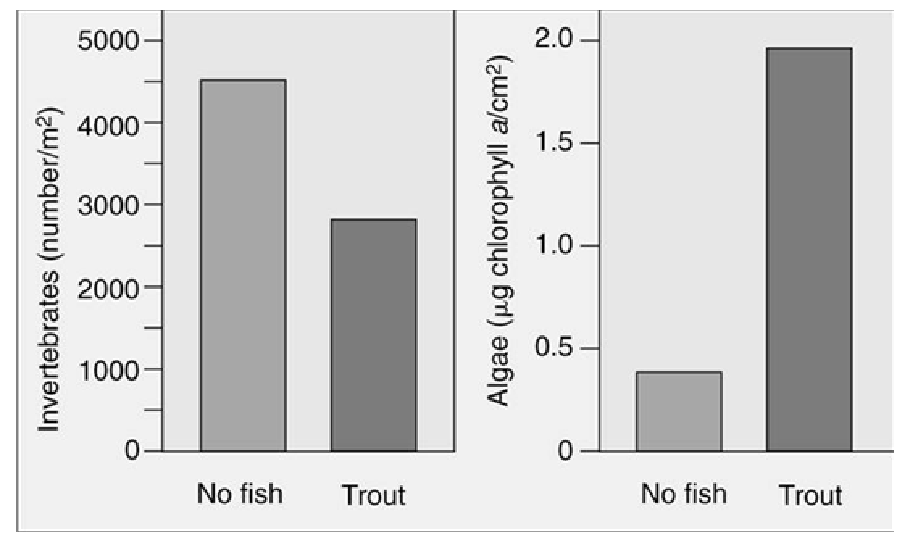The signal sequence that targets a polypeptide to the rough ER is rich in _______ amino acids.
a. positively charged
b. negatively charged
c. hydrophilic
d. hydrophobic
Ans: d. hydrophobic
You might also like to view...
Use the following information when to answer the question(s) below
Many terrestrial arthropods exchange gases with their environments by using tracheae, tubes that lead from openings (called spiracles) in the animal's exoskeleton or cuticle directly to the animal's tissues. Some arthropods can control whether their spiracles are opened or closed; opening the spiracles allows the carbon dioxide produced in the tissues to travel down the tracheae and be released outside the animal. Klok et al. measured the carbon dioxide emitted over time (represented by ) by several species of centipedes. The figure below presents graphs of their results for two species, Cormocephalus morsitans and Scutigerina weberi. (C. J. Klok, R. D. Mercer, and S. L. Chown. 2002. Discontinuous gas-exchange in centipedes and its convergent evolution in tracheated arthropods. Journal of Experimental Biology 205:1019-29.) Copyright 2002 The Company of Biologists and the Journal of Experimental Biology. Look at the graph for Cormocephalus morsitans in the figure above. What is the best interpretation of these results? A) The centipede had its spiracles open the entire time. B) The centipede had its spiracles closed the entire time. C) The centipede had its spiracles open when carbon dioxide (CO2) emission peaked and closed when CO2 emission was low. D) The centipede had its spiracles closed when carbon dioxide (CO2) emission peaked and open when CO2 emission was low.
Deep in the ocean where there is no light, some
bacteria can use the energy of chemicals to make carbohydrates. Animals, such as tube worms, derive their carbohydrates from consuming those chemosynthetic bacteria. Given these facts, a tube worm would be considered to be a(n) ____, whereas the bacteria would be a(n) ____.
a. producer; consumer b. autotroph; heterotroph c. prokaryote; eukaryote d. heterotroph; autotroph e. decomposer; producer
The primary immune response can take up to ____ for the antibody to peak, whereas the secondary immune response can take up to _____ for the antibody to peak.
What will be an ideal response?
The following figure shows studies in a stream where enclosures were set up either with trout or with no trout. Which statement is a correct interpretation of the graph about trout, invertebrates, and algae?

A. If trout are present in a system, algae production is low and invertebrate population levels are also low.
B. If trout are present in a system, algae production is high and invertebrate population levels are also high.
C. If trout are present in a system, algae production is high and invertebrate population levels are low.
D. Trout do not seem to affect the algae production; only the invertebrate populations are affected.
E. Trout do affect the algae production but not the invertebrate populations.